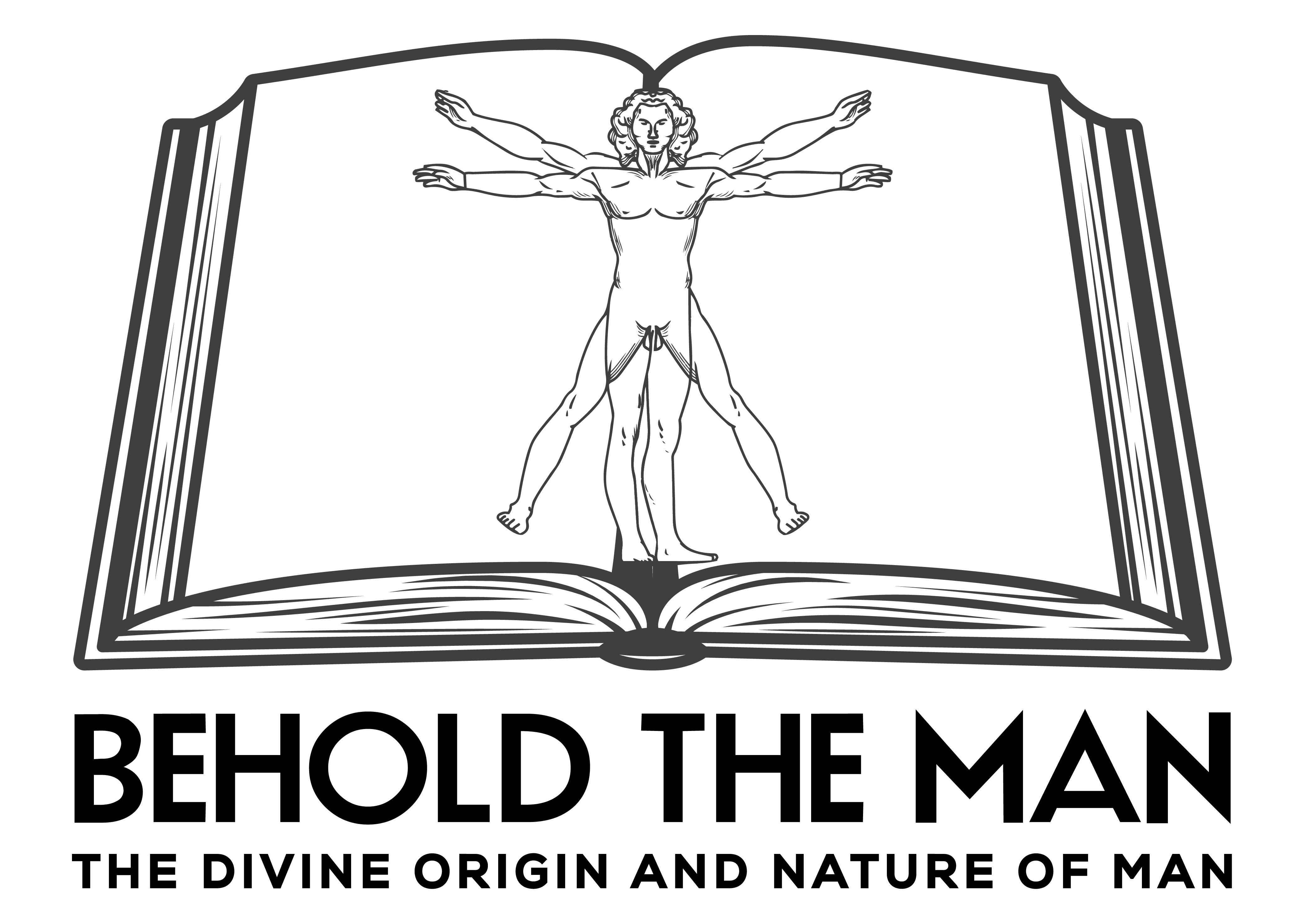
Introduction

Posted on November 2nd, 2022.
It is important to view the advancement of medical knowledge in the context of historical perspective. The earliest records of anatomy began around 1600 BCE (before the Common Era) from ancient Egyptian scrolls. Their knowledge was rudimentary at best and they had virtually no understanding of the internal operations and functions of the human body or the organ systems where they occurred. They believed all bodily fluids passed through the heart and had little knowledge of the kidneys. Hippocrates (circa 400 BCE) had a basic understanding of the muscular and skeletal systems. Aristotle and his contemporaries performed dissection of animals and expanded the knowledge of basic anatomy through empirical observations. The physician Galen, known as the father of anatomy, wrote a textbook (circa 110 AD) which contained a collection of drawings based on dog anatomy, which he assumed was the same as human anatomy. He thought blood vessels originated in the liver. It was some 1500 years later when Andreas Vesalius published “On The Fabric of the Human Body,” in 1543, that medical research made significant advances based upon dissected cadavers, which revealed some major discrepancies between dogs and humans. It was about this same time that advances were made in the knowledge of blood flow, the lymphatic system, brain anatomy, the larynx and the internal ear. It was during this time period known as, The Scientific Revolution, that many notable figures, such Copernicus, Kepler, Newton and Galileo, remained devout in their faith in a creator despite their challenges to church dogma. The 19th century saw a standardized and systematized description of human anatomy as published in Gray’s Anatomy. Modern 20th century knowledge of anatomy and physiology has been advanced by technological developments especially on a microscopic level and in fields such as endocrinology and cellular physiology. It is not the purpose of this manuscript to provide a detailed compendium of the history of medical advances but only to state that a detailed knowledge of human anatomy and physiology has been a very recent development in the context of human history and was virtually unknown at the time of Moses (circa 1500 BCE) when the Tabernacle of Witnesses was constructed (Exodus 25:8-9). It is therefore reasonable to conclude that the instructions of this portable Mosaic Tabernacle of Witnesses (Ex. 25:40) which provided a detailed correlation between your body (the tabernacle of the Holy Spirit) (1Cor.6:19) and this portable “house of worship” must have come from a Divine source, God (Yahweh)! Yahweh who provided the specifications (given to Moses in the mount) also transformed into the first body of man, Adam!
"Do You Not Know That Your Body is a Temple of the Holy Spirit, Who is in You, Whom You Have Received From God?" - 1 Corinthians 6:19
Thank you for visiting our website. We welcome your comments, suggestions, and constructive criticism.
Keep in Touch
Location
Daytona Beach, Florida, 32117Send us an email
[email protected]